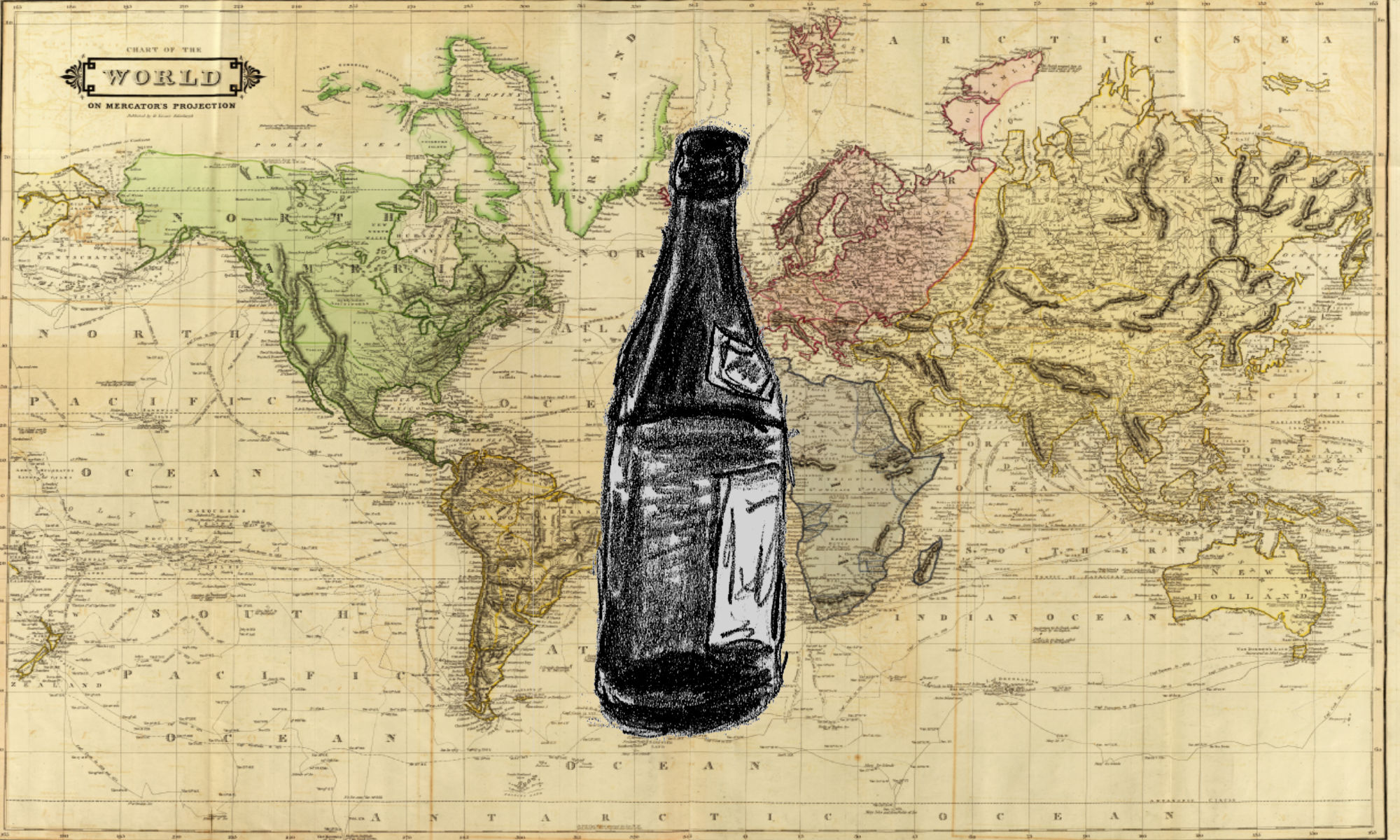
If you’re able to visit the Irish Whiskey Museum in Dublin, please treat yourself. If you’re not able to, let me get the most interesting trivia out of the way for you, quick and dirty style.
First, the name comes from the old Gaelic “Uisce Beatha” which is pronounced something like “Ish-ke Ba-ha” or near that. If you’re not Irish and a Gaelic speaker, best to just leave it to them. The translation is basically “Water of life” and the simplification over time of “Uisce” became the “Wiskey” (if Scottish) or “Whiskey” (if Irish and spelled correctly) that we know today. It has been around for a long, long, long time. Apparently arising from monks who learned how to distill from Mediterranean travels around 1,000 A.D.
Second, the earliest record of it being distilled in Ireland dates to 1405, and the earliest record in Scotland is from 1494, so apologies to the Scots, but the Irish appear to have invented it. Or at least written it down first by almost 100 years.
Third, the amount of accidental discovery in the history of how Whiskey was born is astonishing. For example, the methanol which makes moonshine so dangerous that it can blind or kill those who drink it, was originally removed by the Irish because they thought that the Faeries required a sacrifice of 1/4 of their barrel. They noticed people dropping dead or comatose when they drank it, so they drained out 1/4 of the barrel as a gift to the Faeries in hopes their curse would be lifted. As it happens, that removed the sunken methanol and made the remaining alcohol safer to drink. They also tended to hide their freshly brewed barrels in the woods so that the tax man wouldn’t tax them for their product, and then forget where they were hidden. This resulted in barrels of the stuff sitting in the woods for months before being found again. They noticed that as it aged it tasted better, and so aging whiskey was discovered by accident.
Some of you are reading this and thinking, “I already knew all this” and good for you. I didn’t. These things are just some notable examples of the things you can learn while touring the museum. And best of all, the museum tour finishes with expertly guided tastings of Ireland’s best whiskeys. By the time you walk (or perhaps swerve) your way out of the museum an onto the cobblestone streets of Dublin you will be a more informed sipper of the stuff, guaranteed.


